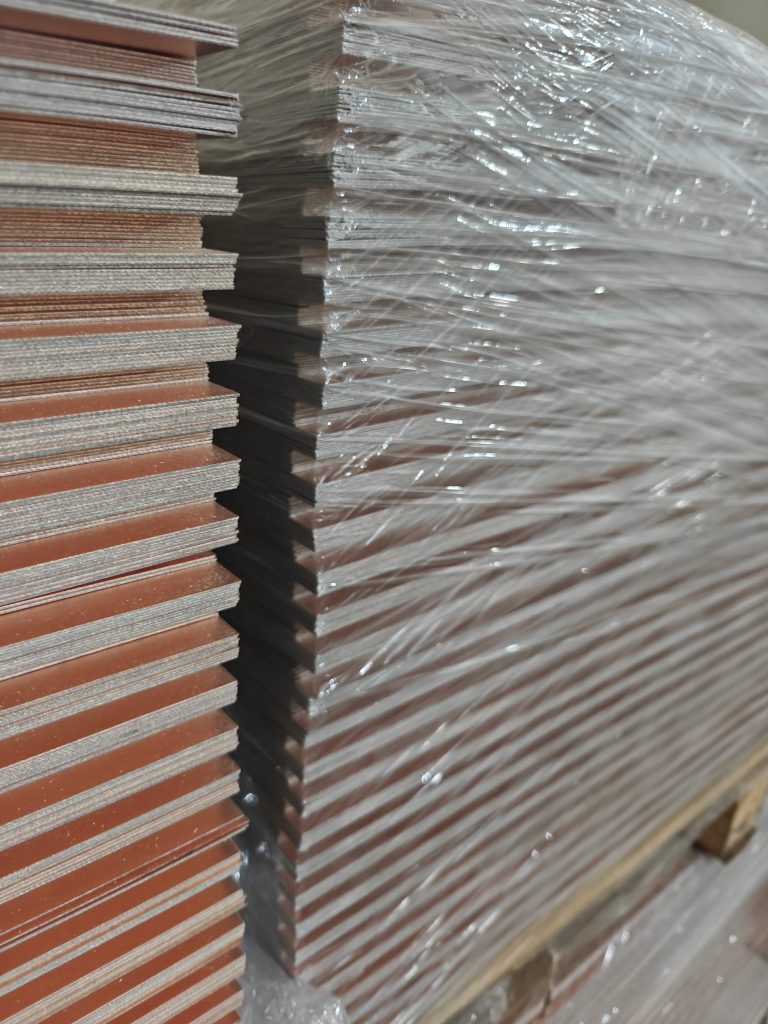In the field of electronics manufacturing, PCB board thickness is a key factor in design and functionality. Board thickness not only affects the physical strength of the board but also relates to signal transmission and thermal performance.We will explore the different thicknesses of PCB boards and their application scenarios.

The Importance of Board Thickness
- PCB board thickness refers to the thickness of the substrate material, the unit is usually a millimeter (mm).
- Thickness affects the mechanical strength and electrical properties of the board.
Standard thickness
- Common thicknesses include 0.4mm, 0.6mm, 0.8mm, 1.0mm, 1.2mm, 1.6mm, and so on.
- 0.4mm to 0.8mm: Suitable for thin and light electronic devices such as smartphones and laptops.
- 1.0mm to 1.6mm: for most standard electronic devices, such as home appliances and industrial control panels.
Thickness and Applications
- Thin sheet: Easy to bend, suitable for flexible circuits and space-constrained applications.
- Thick boards: provide better mechanical support and are suitable for applications subject to greater mechanical stress.
Signal Transmission
- Board thickness affects signal transmission speed and impedance.
- Thick boards may reduce signal attenuation but increase signal delay.
Thermal performance
- Thick boards help disperse heat and improve heat dissipation.
- Thin boards are less capable of dissipating heat and may require additional heat dissipation measures.
Cost Considerations
- Board thickness also affects cost.
- Thin sheets cost less but may require more complex designs to meet mechanical and electrical requirements.
Conclusion:
When choosing PCB board thickness, you must balance mechanical requirements, electrical performance, cost, and application scenarios. Each thickness has unique advantages and limitations, and understanding these differences can help design better electronics.
